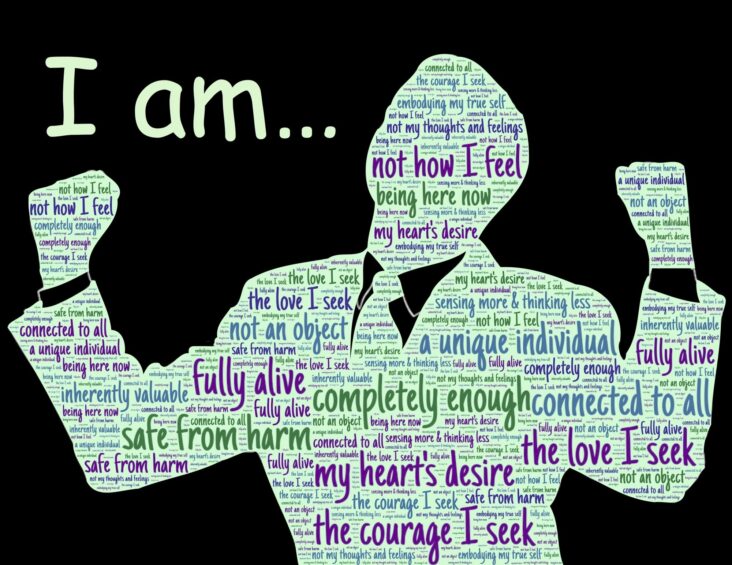Panic episodes are powerful sequences of fear and dread that can be immensely crippling and overwhelming. They can touch individuals of any age or background and are regularly linked with other psychological health issues like melancholy, PTSD, and fears. When an individual contends with a panic assault, their pulse rate rises, their breathing is unpredictable, and they may sense faintness, lightheaded, or torment in the chest. They may also encounter extreme emotions of terror, fear, and uneasiness. Panic attacks generally last between five and thirty minutes, and the person may ponder whether or not they would perish or lose command.
Causes of Panic Attacks
The origins of panic attacks remain largely a mystery, but they tend to happen as a result of a stimulus, such as an emotionally charged situation or a shock. It is assumed that the fight-or-flight response, stimulated by the adrenaline system, gives rise to the signs. Yet, there are particular stimulators that can evoke a panic attack.
1. Stress: Stress can trigger panic attacks, as your body and mind become overwhelmed with overwhelming thoughts, worries, and anxieties.
2. Genetics: Panic attacks can be inherited, with research showing some people are more prone to panic attacks due to their genetic makeup.
3. Traumatic experiences: Experiencing something jarring such as seeing a shocking occurrence or dealing with trauma, can activate a panic attack.
4. Hormones: Hormone imbalances, particularly those associated with perimenopause and menopause, can lead to changes in your mood and panic attacks.
5. Poor sleep: Insufficient or poor-quality sleep can significantly increase the risk of experiencing panic attacks.
6. Poor diet: Failing to consume an adequately nutritious meal can lead to a scarcity of essential vitamins and minerals that can provoke anxiety and phobic episodes.
Practical Strategies for Coping with Panic Attacks
Practical strategies for coping with panic attacks can help individuals feel more in control of their anxiety and reduce their frequency. Here are some techniques to help manage panic attacks:
1. Slow, Deep Breathing: Focusing on your breath is a great way to calm your body and mind. Slower, deeper breaths reduce your heart rate and increase oxygen flow throughout your body.
2. Progressive Muscle Relaxation: This technique involves systematically tensing and relaxing each muscle group throughout your body. This helps increase awareness of physical sensations and reduce the physical tension associated with panic attacks.
3. Grounding Techniques: This involves focusing on the present moment and your immediate surroundings. Notice five things you can see, four things you can touch, three things you can hear, two things you can smell, and one thing you can taste.
4. Positive Self-Talk: Recall the beneficial activities you can accomplish and the proficiencies you possess. Cultivating a friendly inner voice is crucial in tempering the severity of panic attacks.
5. Cognitive Restructuring: Transforming adverse musings and worries into more sensible and practical musings can help lessen the power of panic attack. Consider more favorable and advantageous statements to supplant the negative ones.
6. Distraction: Try to distract yourself by focusing on something else. Read a book, listen to music, or find an activity that will take your mind off of the fear and panic.
7. Healthy Coping Skills: It’s crucial to have a variety of healthy coping skills to turn to in times of stress. Try relaxation techniques such as yoga, meditation, or journaling.
8. Seek Professional Support: If you’re struggling to manage your panic attacks, it’s necessary to seek professional help. A mental health professional can help you develop strategies to cope with your anxiety and reduce panic attacks.
Seeking professional help when dealing with panic attacks may be necessary to effectively manage symptoms, reduce the frequency of attacks, and cope with the associated emotions and stress. Mental health professionals, such as psychiatrists, psychologists, and social workers, can provide a range of treatments that can help individuals struggling with panic attacks. The most common forms of treatment are cognitive-behavioral therapy (CBT) and exposure therapy.
It is important to remember that you are capable of managing and controlling your anxiety. While navigating panic attacks may be difficult, there are a variety of tools and strategies that can help you do so. By practicing relaxation techniques, striving for healthy coping mechanisms, and seeking professional help when needed, you can learn to manage your anxiety and live a happier and healthier life.









